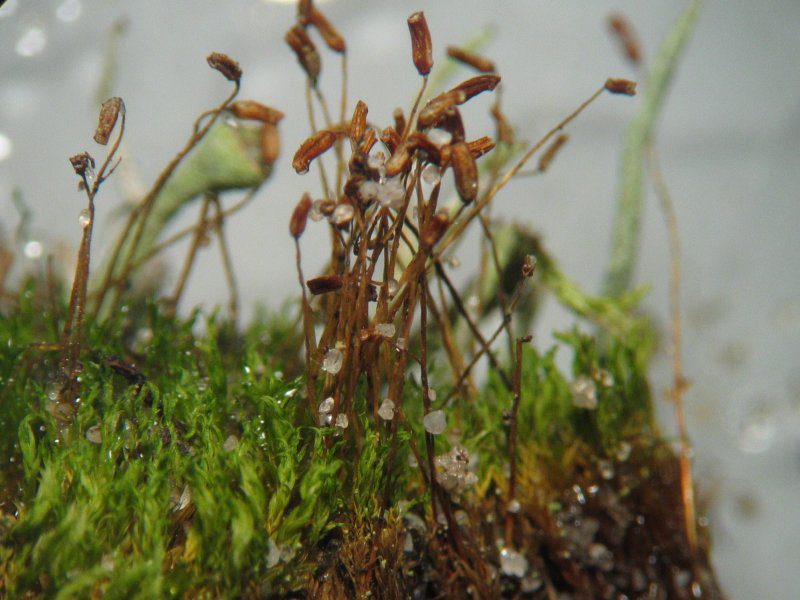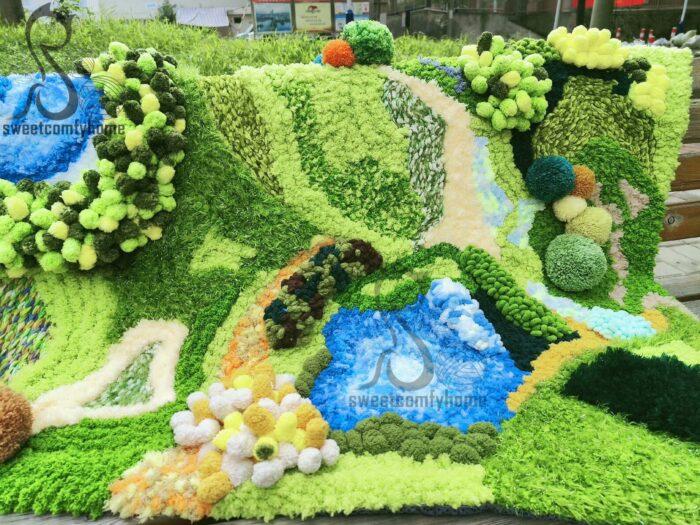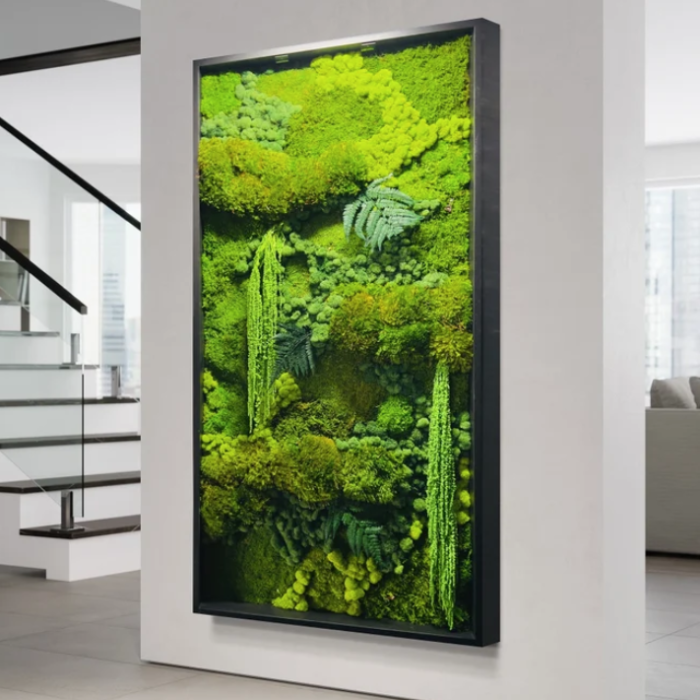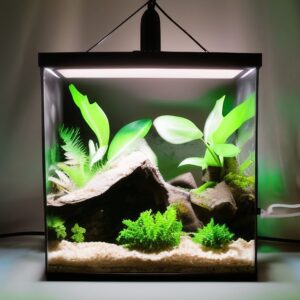Ceratodon purpureus Moss in Terrariums
Looking for a care guide for Ceratodon purpureus moss in terrariums? Look no further! This guide will tell you everything you need to know about keeping your Ceratodon purpureus moss healthy and thriving.
Moss Name: Ceratodon purpureus Moss
Common Names: Redshank, purple forkmoss, ceratodon moss, fire moss, and purple horn toothed moss.
Moss Type: Clumpy Moss (Acrocarpous)
Ceratodon purpureus is a species of moss that is commonly used in terrariums. Also known as purple moss, it is characterized by its small, dark green leaves and purple stems.
Ceratodon purpureus, also known as purple tooth moss, is a species of moss that is native to North America and Europe. The plant has a reddish-purple stem and produces small, green leaves. The moss is often found growing on trees, rocks, and in damp soil. Although it prefers shady conditions, Ceratodon purpureus can also tolerate full sun. The plant is an important part of many ecosystems and provides food and shelter for a variety of animals. In addition, the moss helps to prevent soil erosion and provides nutrients for other plants. Ceratodon purpureus is a versatile and resilient species that plays an important role in the health of our ecosystems.

Growing Ceratodon purpureus Moss in Terrariums
Unlike many other types of moss, C. purpureus does not require much water or sunlight to thrive, making it an ideal plant for terrariums. In addition, C. purpureus is relatively easy to care for, and it will help to create a healthy, low-maintenance environment for your other plants. If you are looking for a type of moss that can add color and texture to your terrarium, C. purpureus is an excellent choice.
Ideal Conditions for Ceratodon purpureus Moss in Terrariums
Lighting: Although it can tolerate a wide range of light conditions, Purple Moss prefers shady areas with indirect sunlight. This preference is likely due to the fact that the moss contains a pigment called phycocyanin, which is known to absorb light. In low light conditions, this pigment helps the moss to photosynthesize more efficiently. As a result, Purple Moss is often found in woodlands and shaded gardens. Although it typically grows quite slowly, this moss can form dense mats if given the right conditions. Consequently, it is important to consider the amount of light available when selecting a location for Purple Moss.
Growing Medium: This moss prefers to grow in shady, moist locations and can be found on forest floors, tree trunks, rocks, and soil. The ideal growing medium for Ceratodon purpureus moss is one that is moist but not wet, well-drained, and high in organic matter. This type of moss does not require a lot of nutrients and will do well in most types of soil. However, it does prefer slightly acidic soils with a pH between 5 and 6.5. If you are looking to cultivate Ceratodon purpureus moss in your garden, be sure to provide it with the right growing conditions to ensure success.
Temperature: This moss is known for its ability to tolerate a wide range of temperatures, from -20 degrees Celsius (-4 degrees Fahrenheit) to 35 degrees Celsius (95 degrees Fahrenheit). As a result, it can be found in both cold and warm climates.
Watering: This moss is relatively resistant to drought and can even survive in areas with high levels of pollution. Mist regularly to keep it thriving.
Humidity: Moss enjoys a high humidity environment. Keep your terrarium regularly misted and keep an eye on condensation levels to avoid extreme humidity and low humidity.
General Care Tips for Moss in Terrariums
Just like any other plant, moss needs the right environment to thrive. When growing moss in a terrarium, it’s important to create a humid environment with plenty of indirect sunlight. The easiest way to do this is to choose a terrarium with a glass or clear plastic lid that can be sealed. Then, add a layer of gravel or small stones to the bottom of the terrarium for drainage. Next, add a layer of moistened sphagnum moss, followed by a layer of potting soil mixed with organic matter. Finally, add your chosen plants and mosses. Be sure to keep the terrarium moist, but not soggy, by misting it regularly. With a little care, your terrarium will become a lush, green oasis.
Our top tips for terrarium moss care are:
1. Make sure the terrarium has adequate ventilation. Moss needs fresh air to grow, so be sure to provide an opening for air to circulate.
2. Moisten the moss with a spray bottle before placing it in the terrarium. This will help the moss to establis h itself more quickly.
3. Keep an eye on the moisture levels in the terrarium. Too much or too little water can cause the moss to die.
Where to Buy Ceratodon purpureus Moss for Terrariums
Living moss can make a beautiful, low-maintenance addition to your home. Whether you want to create a miniature garden or simply add some greenery to your decor, terrarium moss is a perfect choice. But where can you buy terrarium moss? One of the best places to look is your local garden center. Many garden centers carry a variety of live mosses that are perfect for terrariums. If you’re having trouble finding terrarium moss, try searching online. There are many reputable retailers that sell live mosses, and many of them offer doorstep delivery. With a little bit of research, you’re sure to find the perfect place to buy terrarium moss for your needs.
Etsy is a great place to search for live moss if you have something specific in mind, or want to check out what other live moss is available. Use the links below to start your search:
Search Ceratodon purpureus on Etsy >
Amazon is another great place to start your search for live mosses. Check out these links below.
Search Ceratodon purpureus on Amazon >
Search Live Mosses on Amazon >
Looking for more terrarium plant ideas?
Check out our Terrarium Plant Library, or visit our home page for terrarium information, designs, ideas, and more.







